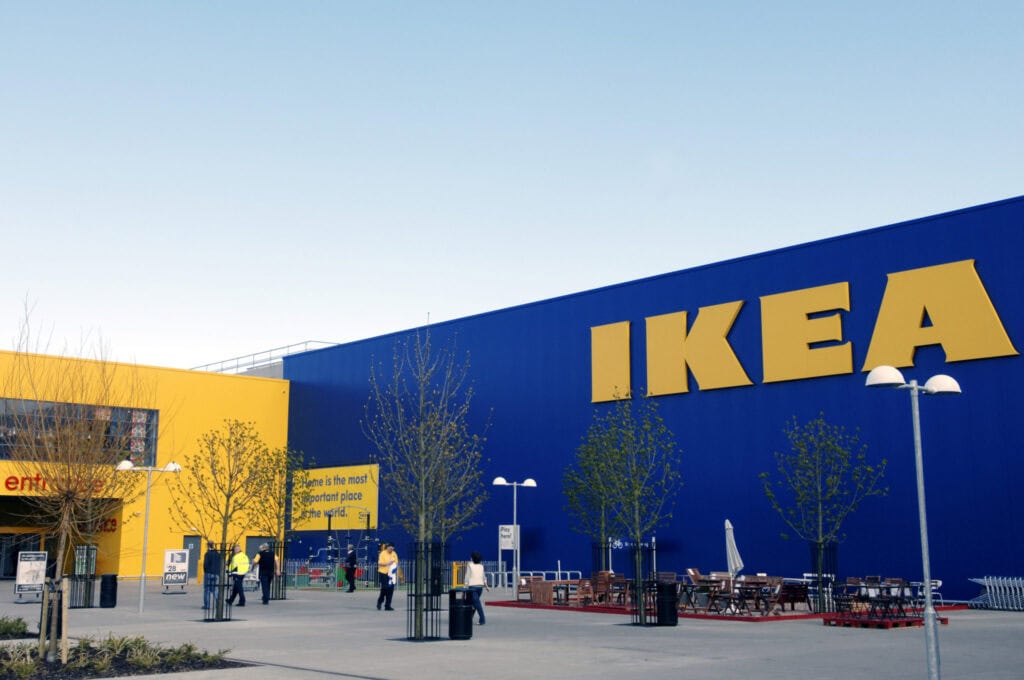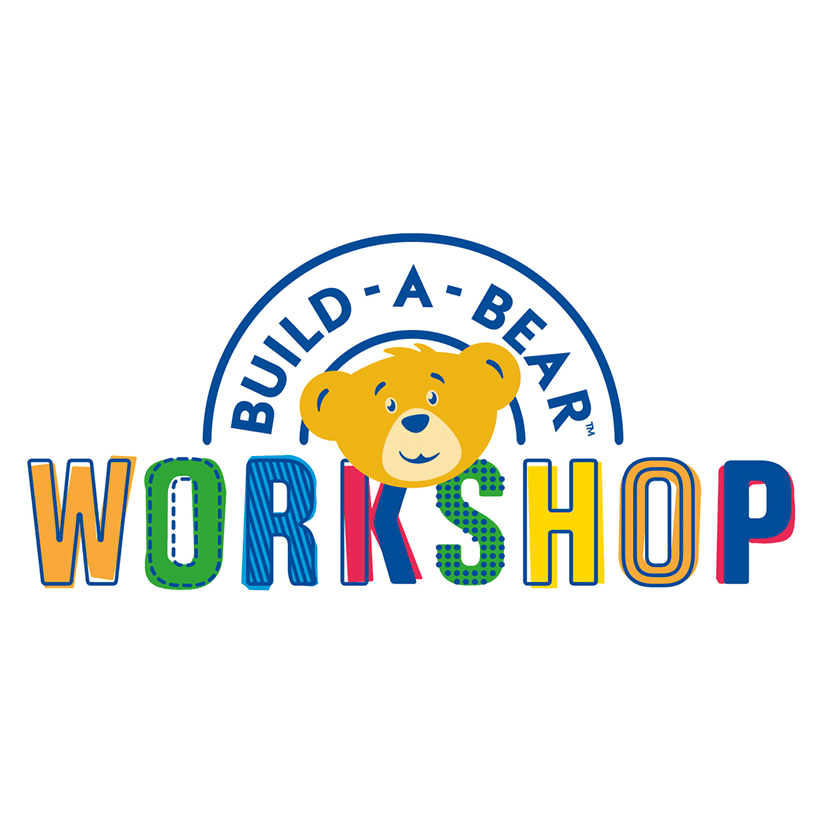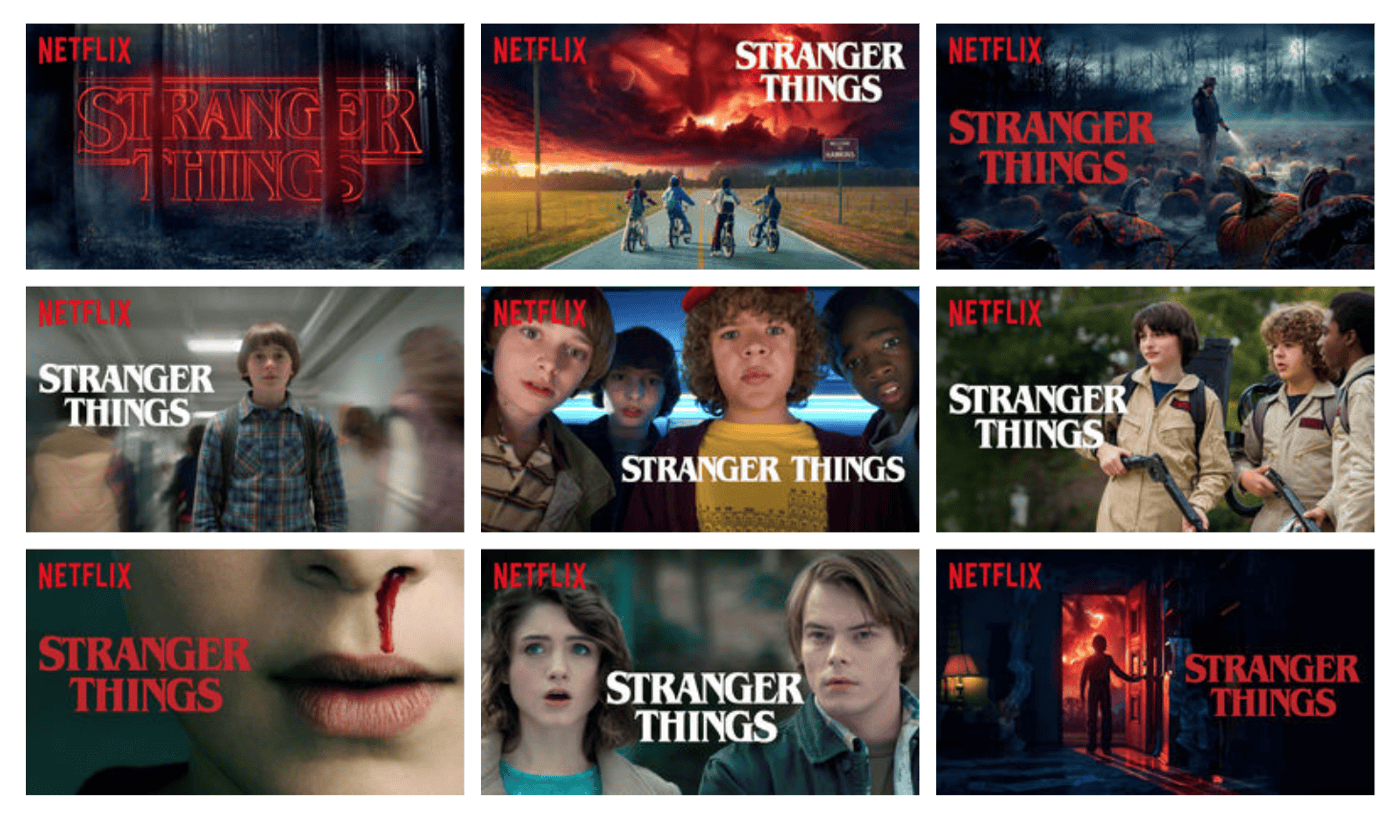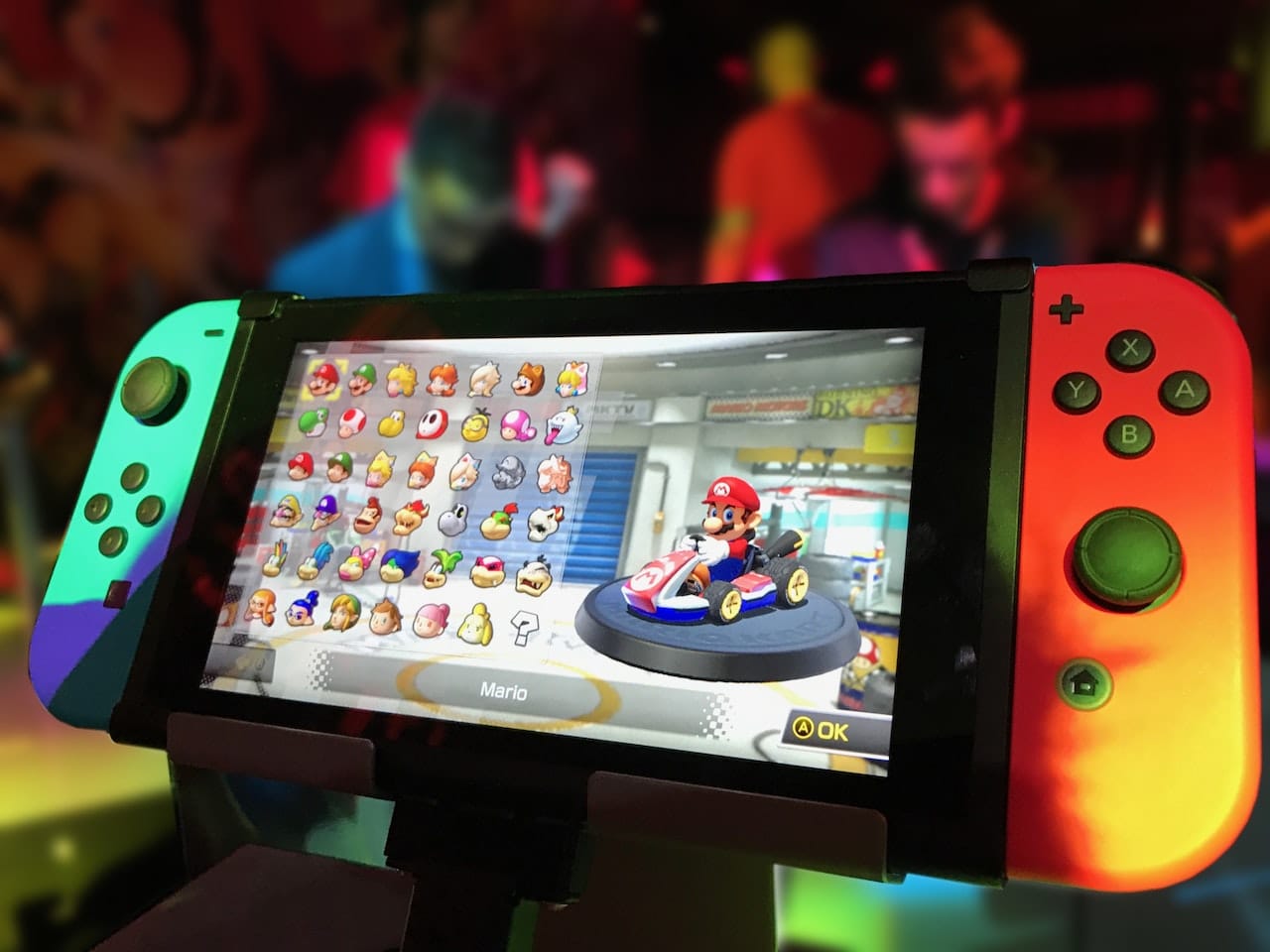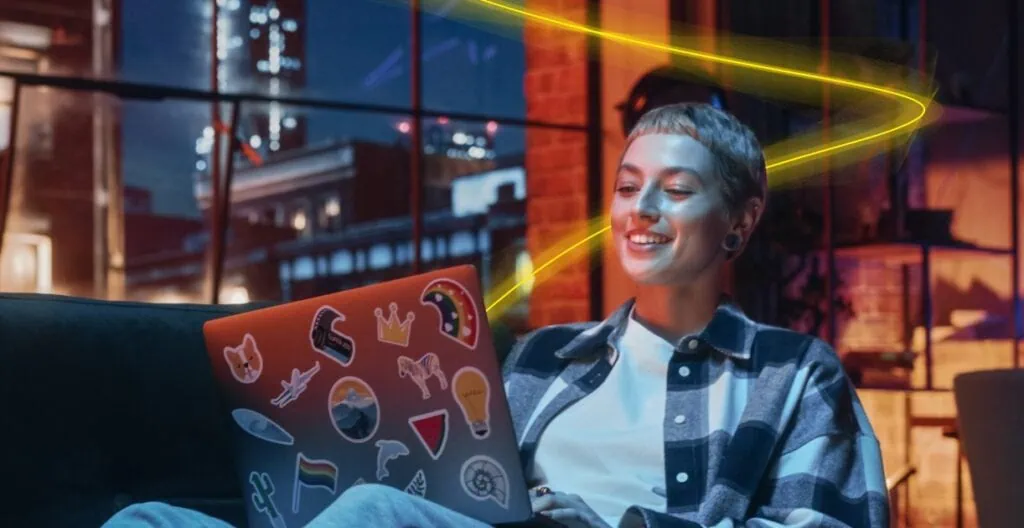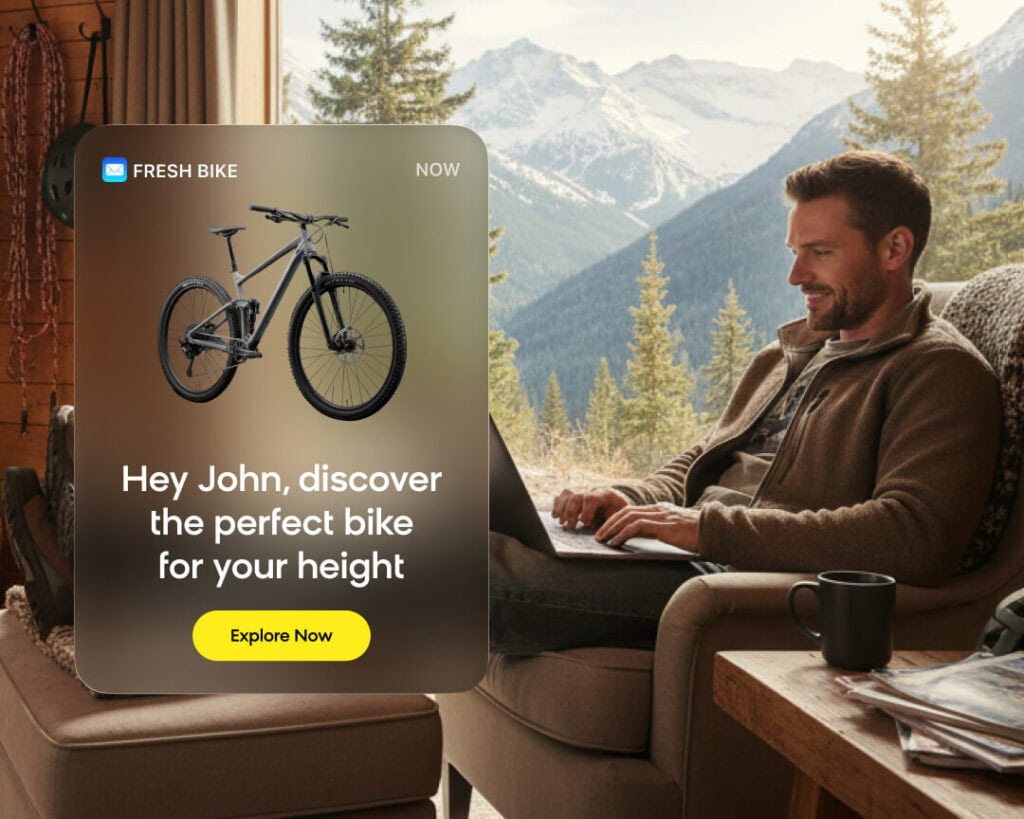The Ikea Effect is the cognitive phenomena where customers get more excited and place a higher value in the products they have partially created, modified or personalized.

Honestly, What Is so Special About Ikea?
If you were a classically-trained carpenter, you’d be so confused (as well as frustrated) on why someone would buy a product that involves them essentially becoming a carpenter themselves – granted, at a different skill level.
But, you’d ask yourself why in the world would anyone want to buy a product that isn’t actually complete?
The answer is that 5 letter word that affects and embellishes our lives probably more than we are ready to admit: Story.
It can be embarrassing and difficult to admit because, even if we know we’re not, we like to think of ourselves as rational creatures.
We tend to justify our decisions with rational explanations. But sadly, these explanations often don’t make sense.
With the clear success of Ikea, it’s undeniable there’s something related to narration and playing a role in a story of a product that reaches to the inner depths of our humanity.
Alright, we know Ikea uses story to drive their customer experience. But what kind of story have they popularized?
Well, as Joe Pine puts it, we’re entering an Experience Economy.
Learn more about the Experience Economy in this clip:
This means customers’ expectations for a product are higher than just owning the product.
Why is the Ikea Effect so Effective?
How many times have you seen a YouTube video of someone opening up an Apple product and carefully taking off the plastic film.
In that moment, Apple have not only sold a smartphone, but they’ve sold that experience.
From the moment you speak to the Apple genius to the moment you’re at home and you get shivers from taking off the screen protective film.
The Ikea Effect is evermore popular due to our passage into the Experience Era.
It’s a cognitive bias that gets customers excited about being a part of the story of the product.
As Michael Norton’s working paper titled “When labor leads to love” shows, users have a more rewarding experience when they put actual sweat and time into a product.
It’s the basis of any story. For the ending to be satisfactory, your character has to go through challenges – to a certain point, of course.
Taking into account the opportunity-cost of time, it can be inefficient to be a part of the story of a product. But this is key to our new economy.
People don’t mind giving companies their time, as long as it’s well spent. And, their perception of quality is expanding; customers can feel if an experience isn’t worth it.
Read about the new customer expectations in this recent blog about the new challenges facing Digital Commerce.
Examples of the Ikea Effect
-
Build-A-Bear
Before the dotcom boom and more generally, before everyone became obsessed with digital entertainment and shopping, the Ikea effect was easier to determine:
It is simply when your user is a part of the customization/creation of the product, like the often used example of Build-A-Bear.
You’d cherish your teddy even more because you were involved in the process of creating him.
But today, the Ikea Effect sees its most exciting examples in digital experiences using standout UX technology, like we see from Netflix.
-
Netflix
Netflix’s famous turnover to online video streaming has seen itself become successful thanks to its use of this concept.
The now giant Californian company has garnered a clientbase thanks to its personalized recommendation-based browsing.
I often add a film or TV show to my list quickly – thanks to the Netflix suggestion algorithm.
Now, granted I get a little freaked out knowing that Netflix can figure out what I want before I even figure it out. But easily finding content I want to watch is probably what’s making me come back to it.
It’s fast, but most importantly it feels like it’s mine.
(If you’ve got one of those family accounts) Doesn’t it just feel uncomfortable when you enter someone else’s Netflix page?
Everything’s out of place, you can’t find anything you like, and you’re wondering why your brother is endlessly being recommended Bridget Jones films.
But just the fact that you can feel that it’s not your page proves how much Netflix have emphasized this idea of creating a personalized story for the user.
As revealed in a recent Netflix post on Medium, they’ve taken personalization to a new level, by giving each user differentiated thumbnail artwork for content.
As in, based on the user’s viewing habits, he or she will get personalized artwork for TV shows or films.
Here’s an example of all the different thumbnails for the new season of Stranger Things:
-
Video Games
This is the kind of mindset the first personalized and story-driven video games were based on.
Video games are obviously related to the Ikea Effect as in the labor and time you spend (as fun as it can be) doesn’t even give you the final product.
It would be as if you spend time building your Ikea table but the table didn’t actually exist. Instead, what you purchase, is the experience; the feeling of being a part of a story.
Video games have impacted our perception of products and services to such an extent that websites, marketing campaigns, stores and anything you can think of, really, have been integrating gaming mechanics to their experiences. We call this the process of Gamification. Read more about it in this Bunchball article.
Final Thoughts
There is definitely something, in all of us, that creates a desire see the affect our actions have on the things we’re interacting with.
In video games, this would be unlocking characters, continuing a story line, and so on, but what developers at the forefront of UX experiences are realizing is that this can apply to even the most ordinary B2B experience.
In the end, the Ikea Effect is a simple idea. It doesn’t represent some complicated economic concept that corporations use to drive profit.
It’s a concept that’s really related to what the human experience is like.
People want to feel as if the things they own (and interact with) are truly their own. But its relevance and impact is neverendingly being understood and used in digital experiences.

